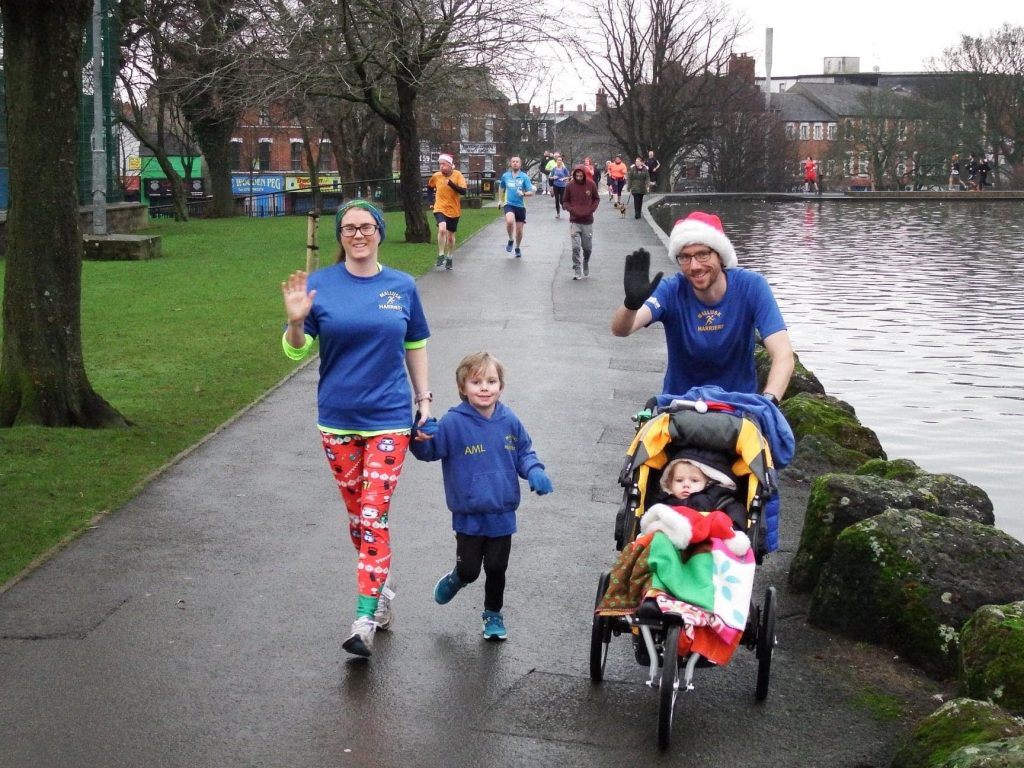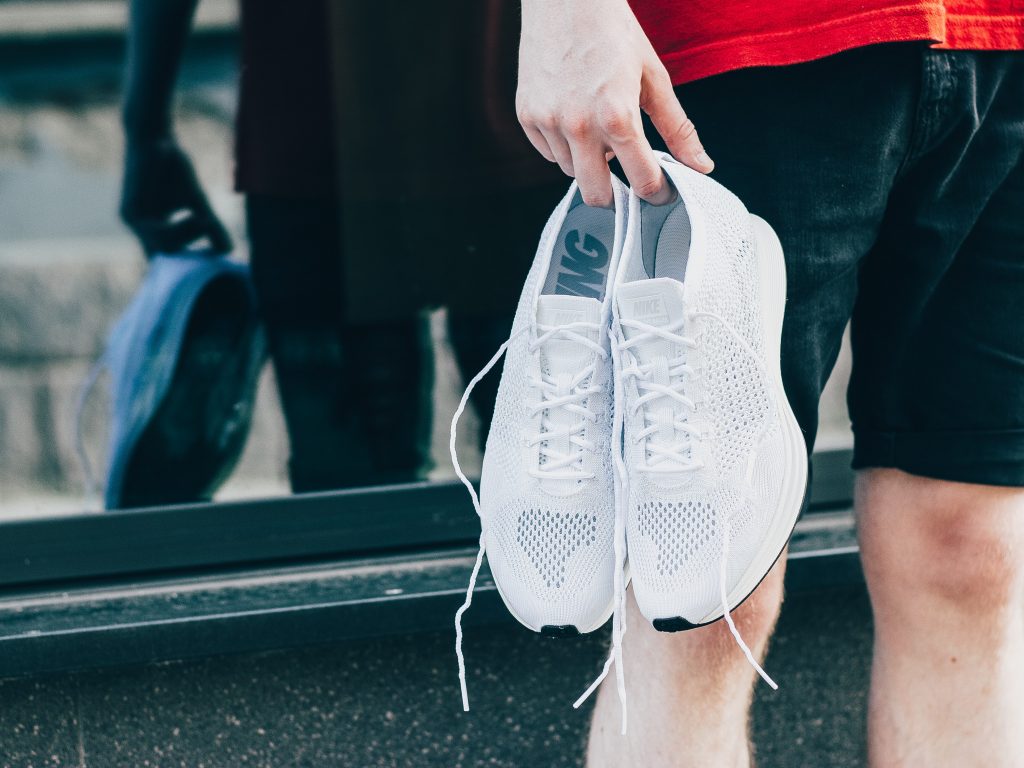Enjoy yourself and stay on top of your health this Christmas

Like many, it will be a very different Christmas for us this year. We won’t see any other family and we’re even opting for afternoon tea instead of a Christmas dinner. There won’t be the annual rush to get out of the door and down to the parkrun start line on time!
I know many will face tougher Christmasses than us and I extend my best wishes to you all especially this year. Keep your body and mind active and stay healthy.
We will be heading out for a run/walk on Christmas morning. It will be the first time in 7 years I haven’t done the parkrun but the coach has a run in the plan and it’s always good to get out early and enjoy the rest of the day in the warm.
It’s tempting to fall off the wagon completely at this time of the year in many aspects. Suddenly it’s colder outside and those runs don’t seem as appealing. Our diet can fall by the wayside because there are more ‘treats’ lying around that can sneak their way in.
New year is just round the corner which seems like the perfect opportunity to pick up the pieces but it can be harder than it needs to be depending on how far we’ve let it slide.
Last year I purposely took 2 weeks off running. I’d just run a marathon at the end of November and I felt I needed a little break. But I didn’t replace it with anything. No walks round the block, no cycling or swimming.
And I’m also the type of person that cannot resist an open bag of doritos, a tub of quality street or a social drink. Visiting family and friends at Christmas always turned into too much food and drink for a few days in a row.
I remember it taking a few weeks of marathon training in January to start feeling like I was getting back into shape again. It was tough to get going again even with the cross country season in swing and Boston marathon to look forward to.
That’s not to say that Christmas time shouldn’t be enjoyed. You should absolutely have the best time you can – we deserve it this year more than any. But there are ways to mitigate how much work it will take in January to get into shape. We don’t have to let it slide till then.
Try and maintain your regular running schedule. If you can’t do that or want a little break then why not go for a walk instead? Take the kids round the lights in the neighbourhood at night. I think people have made more effort with decorations than usual this year and we were out for half an hour last night.
Enjoy the food and drink but think twice about digging in the tub for more and more chocolate. If I wasn’t paying attention I would just keep eating if something is out on the table. Limit the amount of ‘nibbles’ you put out and ideally limit the amount in the house! We always buy more than we need.
Better still try and opt for healthier nibbles such as veggie sticks. Use dips if you like, overall they’re still going to be a lot healthier than bowls of crisps.
Use the time now to think about your goals for 2021. It’s tempting to switch off entirely and wait till the 1st of January to wave the magic wand but if you have time off round Christmas, it‘s a great time to reflect on the year and start planning ahead.
January comes round very quickly and before we know it we’re back at the grind with Christmas a distant memory and we haven’t got a proper handle on what we’re doing next.
A walk or a run can be a perfect time to get out and think about this year and next. Are you happy with where you are and what you are doing? What areas of your life could be improved? What could you start doing to address that area?
Enjoy Christmas and a massive thank you for reading and supporting my articles. Please let me know if there are areas you’d like me to write about more by emailing me or DM on social media. See you all in 2021!




